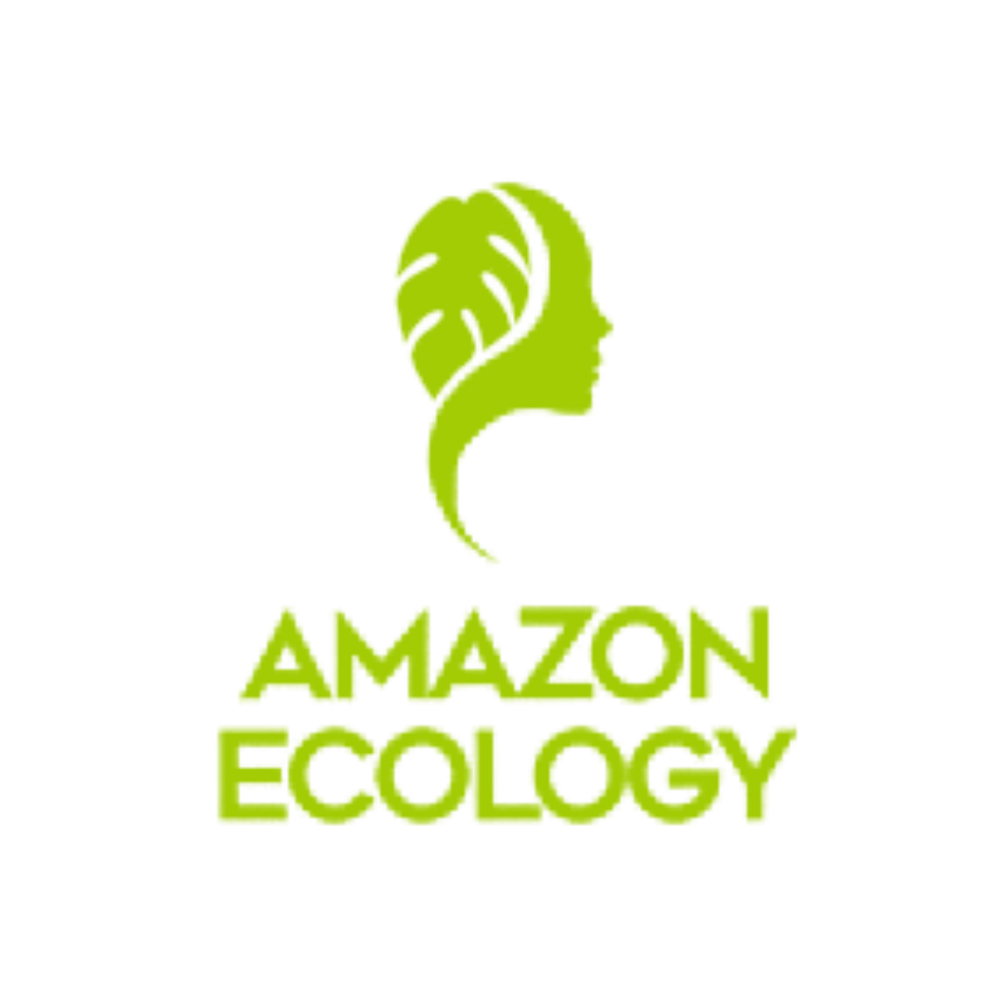CACE began studying the ecology and sustainable harvest of copal resin at a research station near the town of Jenaro Herrera in 2006 operated by the Institute for Investigation of the Peruvian Amazon (IIAP). Much of this work has focused on tracking the development of resin lumps formed by the larvae of bark boring weevils. During 2007 & 2008, we conducted a two year trial to manually harvest the resin. It was good to see that 8 years later, the old wounds had healed well. Resin sometimes exudes from cracks that open on the trunk. It was disturbing to learn from our field assistant Italo that six mature copal trees died in one of the two plantations of Protium hebetatum. Getting around the lower section of the reserve requires crossing lots of little streams. Unfortunately limited government support for the station sometimes leads to lapses in maintenance of wooden bridges that rot in the relentless hot rainy environment. I felt lucky that I didn't hurt myself when I stepped on and broke through a rotten plank.


